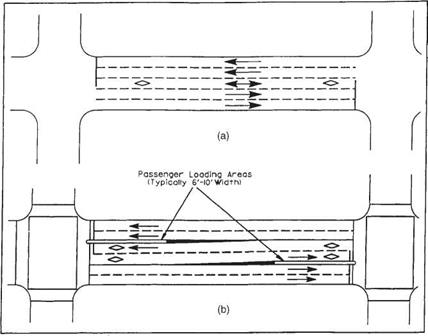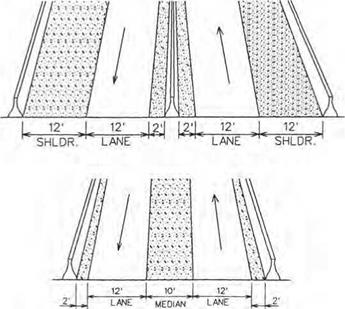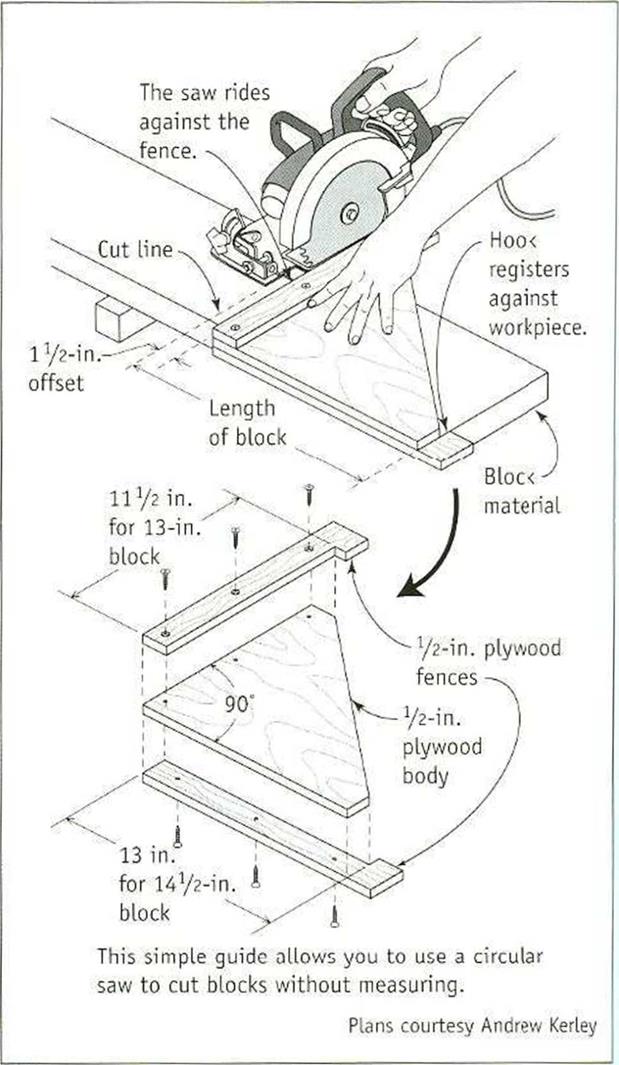HIGHWAY CONSTRUCTION PLANS
The purpose of a set of highway construction plans is to delineate the proposed work with sufficient design details, supplemented with notes, calculations, and summary of quantities, so that it can be clearly and uniformly interpreted by engineers and contractors (Ref. 8). Sufficient data must be provided to enable the contractor to make an intelligent bid and to perform the work as intended. Clarity, completeness, and
|
FIGURE 2.70 Examples of median HOV lanes for buses. (a) Reversible lanes for express buses. (b) Twoway lanes for local buses. Conversion: 6 to 10 ft = 1.8 to 3.0 m. (From Guide for the Design of High Occupancy Vehicle Facilities, American Association of State Highway and Transportation Officials, Washington, D. C., 2004, with permission) |
c...
read more







 COAX PANELS INTO PLACE. A couple of good wallops with a sledge will usually seat even an ornery Sheet Of tongue-and-grOOVe Sheathing. [Photo by Roe л. Osborn, courtesy Fine Homebuilding magazine, The Taunton Press, Inc.]
COAX PANELS INTO PLACE. A couple of good wallops with a sledge will usually seat even an ornery Sheet Of tongue-and-grOOVe Sheathing. [Photo by Roe л. Osborn, courtesy Fine Homebuilding magazine, The Taunton Press, Inc.]


 The Cimarr...
The Cimarr...